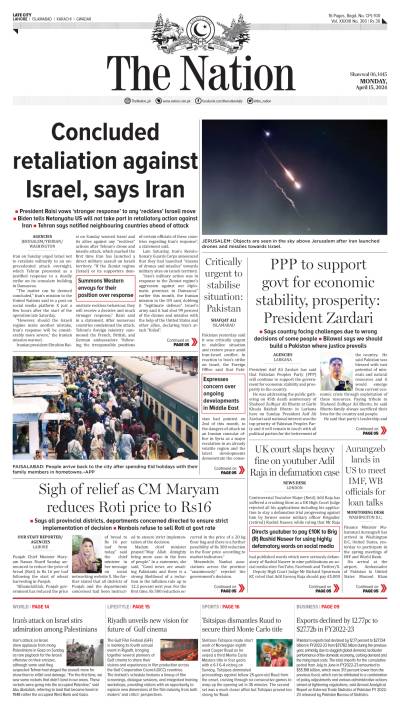Many developing countries are swollen with a high percentage of the youth bulge; Pakistan is not an exception to this. The latest report, National Human Development Report of the United Nations Development Program (UNDP) Pakistan suggests that Pakistan at present has the largest percentage of young people –i.e., 64% of its population is below 30 years of age– ever recorded in its history. It is clear that the youth bulge will have its impact on the country. It can either turn out good or can adversely affect the state.
How does a country invest in the youth determine what repercussions the phenomenon holds for it? The youth can either prove a resource or a peril; it is for a state to decide what it wants from its burgeoning youth pie. While Pakistani politicians repeatedly proclaim that ‘youth is the future’, the need is to question if they have any viable plan to manage the ‘future’.
Neither the ruling party nor the opposition has come up with any concrete proposal or policy that discusses how to manage the burgeoning youth population. If the state neglects the phenomenon and the demands of it, the possibility is that law and order situation will worsen in the days to come. There is a close correlation between countries prone to civil conflicts and those with increasing youth populations. If not addressed adequately, the youth bulge holds the potential to destabilise Pakistan. In fact, we are already witnessing the harmful impacts of youth bulge on Pakistan. In the conflicts in Balochistan and FATA, youth’s participation cannot be ignored.
The government needs to ponder upon the report and recommendations made in it. The state needs to engage the youth of the country in a meaningful way if it wants to avoid any disaster. The choice lies with the government, i.e., either the youth bulge is a demographic bomb or the state through proper investment in it can convert it into a demographic dividend.





